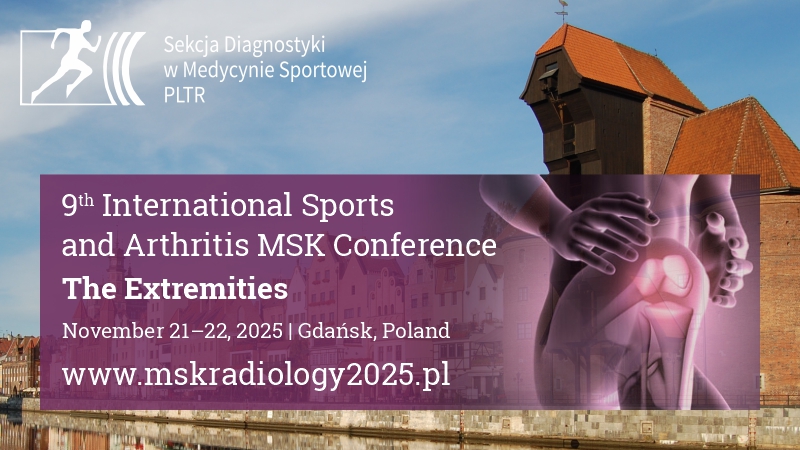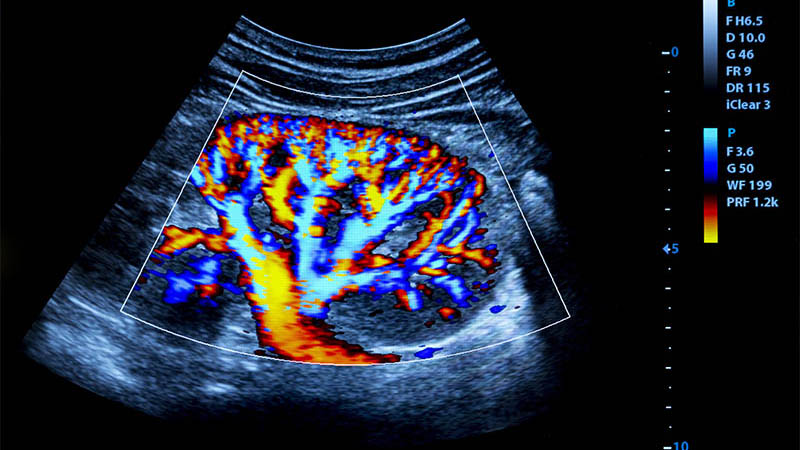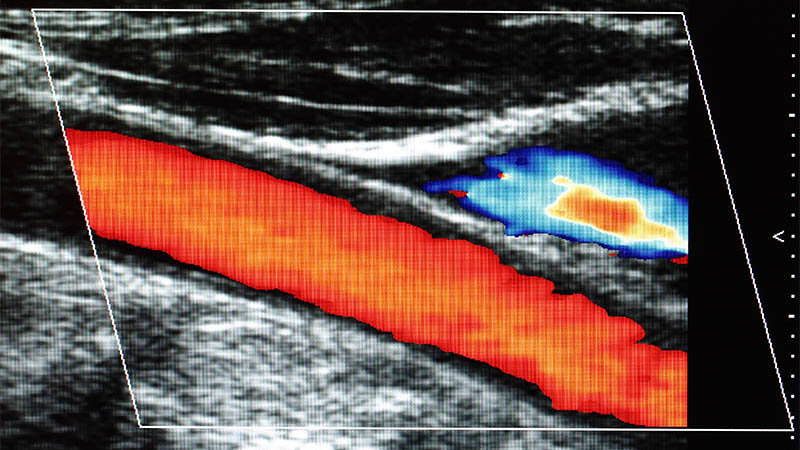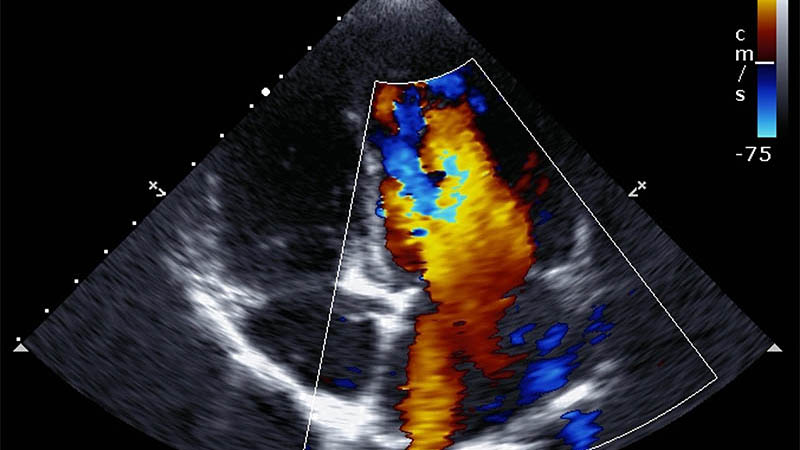“Journal of Ultrasonography” gets an IF!!
Ultrasound assessment of larynx and trachea in the neonatal period – analysis of correlations and percentile charts
Łukasz Piotr Paprocki, Bartosz Migda, Renata Bokiniec
J Ultrason 2025; 25: 34
Evaluation of left ventricular function using various echocardiographic techniques in hypoxic neonates during therapeutic hypothermia and after rewarming
Natalia Brunets, Veronika Brunets, Agata Wójcik-Sęp, Renata Bokiniec
J Ultrason 2025; 25: 33
Agreement between sonographic and pathoanatomic classifications of pediatric urachal remnants
Laura S. Oerters, Sophie H. K. Maasewerd, Mark Born, Maximilian Hohenadel, Andreas C. Heydweiller, Christina Oetzmann von Sochaczewski
J Ultrason 2025; 25: 32
Comparison of two- and three-dimensional ultrasound for volume estimation of the meal-stimulated gallbladder
Tæraneh Jouleh, Spiros Kotopoulis, Georg Dimcevski, Erling Tjora, Odd Helge Gilja, Sondre Vatne Meling, Eirik Wigtil Søfteland, Ingrid Kvåle Nordaas
J Ultrason 2025; 25: 31
Diagnosis of foot foreign bodies with ultrasound: a case series from the pediatric emergency department
Altaf Ahmad Bhat, Rawan Mohammed AlRashed, Johara Alkhamash
J Ultrason 2025; 25: 30
Ultrasound assessment of patellar enthesopathy in patients with Ehlers-Danlos syndrome with and without concomitant axial spondyloarthropathy
Tina Wang, Ana María Serrano-Ardila, Carmelo Pirri
J Ultrason 2025; 25: 29
Transesophageal echocardiography in the imaging of spinal cord structures – a systematic review of the literature
Martyna Mendrala, Sylweriusz Kosiński, Tomasz Darocha, Paweł Podsiadło, Tomasz Czober, Konrad Mendrala
J Ultrason 2025; 25: 28
Mucinous adenocarcinoma of the prostate: a rare tumor − case report and literature review
Manuela Montatore, Laura Eusebi, Federica Masino, Marina Balbino, Giuseppe Guglielmi
J Ultrason 2025; 25: 27








